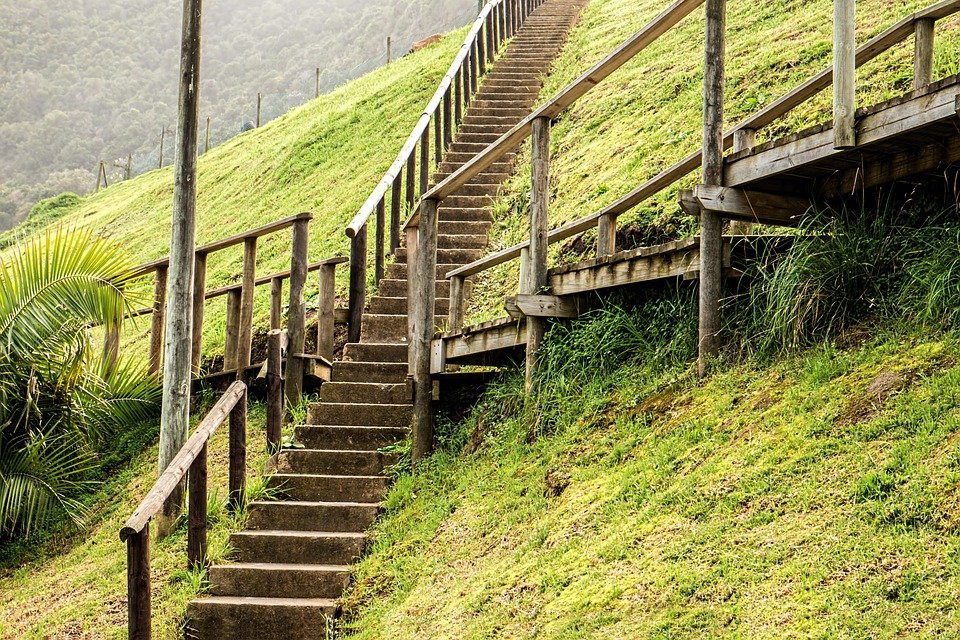Realism in art has been a prominent movement throughout history, with its roots traced back to ancient times. From classical to contemporary, realism has evolved and adapted to reflect the changing times, making it one of the most enduring and influential art styles.
Classical realism, also known as academic realism, emerged during the 17th century and reached its peak in the 19th century. Artists during this period aimed to depict the world as it appeared, focusing on detailed representations of the human figure, landscapes, and still-life subjects. They meticulously studied anatomy, perspective, and light to create accurate and lifelike images. Classical realism celebrated technical skill and precision, often embracing historical and mythological themes.
One of the most celebrated classical realist painters is Jean-Baptiste-Camille Corot, known for his landscapes that captured the essence of nature. His works, such as “The Bridge at Narni” and “The Evening Star,” displayed a harmonious balance between light and shadow, showcasing his mastery of capturing atmospheric effects.
As the 19th century progressed, realism started to evolve into a more naturalistic form. Artists began to focus on capturing the everyday lives of ordinary people, portraying scenes of urban and rural life with heightened attention to detail. This movement, known as naturalism, aimed to represent reality as it was, without the idealized or romanticized elements often found in classical realism.
Gustave Courbet, a French painter, was at the forefront of the naturalist movement. His masterpiece, “The Stone Breakers,” depicted two laborers engaged in a physically demanding task. Courbet’s painting challenged the prevailing notion that only noble or heroic subjects were worthy of artistic representation, highlighting the importance of ordinary people and their struggles.
During the 20th century, realism underwent significant transformations in response to the changing cultural and artistic landscape. Artists started to experiment with new techniques, materials, and subject matters, leading to the emergence of various styles within the realist movement.
One notable style that emerged during this time was photorealism, also known as hyperrealism. Photorealistic artists aimed to create paintings that resembled high-resolution photographs, often using photographs as references. The level of detail and precision in their works was astonishing, with every texture and reflection meticulously replicated. Artists like Chuck Close and Audrey Flack became pioneers of this style, challenging the boundaries between reality and artifice.
Another significant development within contemporary realism is the rise of social realism. This style explores socio-political issues and aims to shed light on the struggles and injustices faced by marginalized communities. Artists like Diego Rivera and Frida Kahlo used their art as a means of political commentary, depicting scenes of poverty, oppression, and resistance.
Contemporary realist art continues to evolve, with artists exploring new mediums, techniques, and subject matters. Some contemporary realism artists have shifted their focus towards exploring psychological and emotional truths, delving deeper into the inner worlds of their subjects. Others are blending realism with elements of abstraction or surrealism, creating hybrid styles that challenge traditional notions of representation.
The evolution of realism from classical to contemporary art reflects the changing times and the evolving perspectives of artists. Realism has proven to be a resilient and adaptable art style, continuously reinventing itself to capture the essence of the human experience. Whether it is through classical precision, naturalistic representation, hyperrealistic detail, or social commentary, realism remains a powerful tool for artists to engage with the world and provoke thought and emotion in their viewers.

